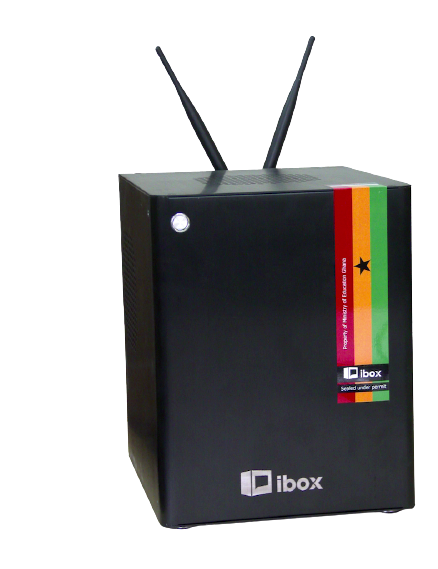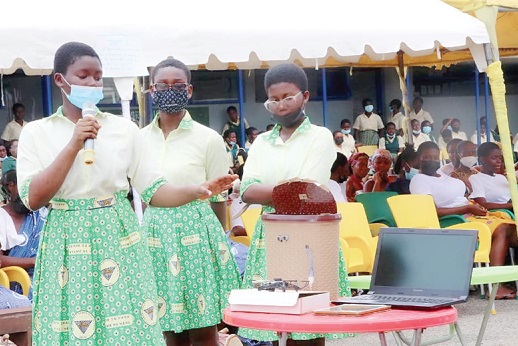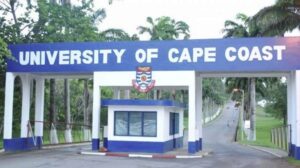The SEIP Success Story; How SEIP Has Impacted Education in Ghana


The government, through the Ministry of Education (MoE) and the Ghana Education Service (GES) sought to increase access to secondary school education by expanding facilities, with emphasis on day schools.
To this end, the state committed to building 200 new Community Day Senior High Schools (SHS), especially in deprived areas. Funding, however, was a challenge.
The Secondary Education Improvement Project (SEIP) is an intervention by the government to solve some of the challenges faced by some senior secondary schools in the country.
With a funding of $156 million from the World Bank in 2014 and an additional financing of $40 million in 2019, the SEIP built 23 of the 200 new Community Day SHS and also addressed some challenges in the other schools identified with challenges through research.
Targets
The project was to achieve two targets; increase access to secondary education and improve the quality of teaching and learning at the secondary level.
The interventions were carried out in 231 schools and are as follows.
Twenty-three (23) new secondary schools were built in districts that did not have secondary schools.
These schools were designed and built in an E-shape, with modern facilities. The SEIP also upgraded and built new facilities in 125 existing secondary schools, considered as low performing schools across the country.
That increased the number of spaces available in the SEIP schools by over 43,000 seats between 2014 and 2021.
iBox/iCampusgh
The SEIP provided an online learning platform module for students called the iCampus. Over 1.1 million secondary school students have been provided with logins to access learning content on the iCampus daily.
The iBox on the other hand is the offline version of the iCampus. The iBox also called the intelligent box, provides offline access to a range of curriculum-based video lessons, quizzes, virtual laboratories and summary notes have been installed in all SEIP secondary schools.

This intervention has helped to improve the quality of teaching and learning at the SHS level.
School mapping
A secondary school mapping portal has been created with the information of all the SHSs to assist potential Junior High School (JHS) students to make school choices and transition to higher secondary schools.
The portal can be accessed on www.ghanaschools.org
It provides the location of schools, programmes being offered and status, whether day or boarding of secondary schools.
Printed copies of the School Mapping Digest have been distributed to school heads and managers of education.
This concept assisted in increasing access, resulting in high enrolment in the SEIP schools.
Scholarships
Prior to the advent of the Free Senior High School Programme (fSHSP), some parents could not afford to pay fees for their children’s secondary education.
The SEIP offered scholarships, which later became a bursary under the fSHSP to poor students from low-income households, especially girls.
The support helped the students purchase some personal effects including sanitary materials in the case of the girls and the daily cost of transport to school for day students.

The writer is SEIP Communication Team Lead/Head, Public Relations Unit, GES Headquaters.




